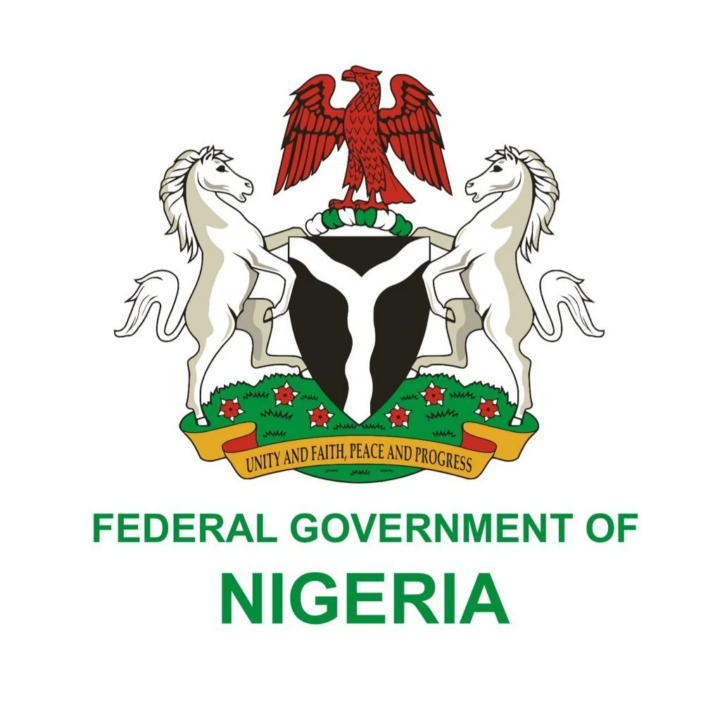Nigeria could see its public debt burden swell to as much as ₦160 trillion by year-end if current borrowing trends continue, according to projections in a recent financial sector report. The warning has triggered concerns among economists, policymakers, and investors about mounting interest costs, fiscal rigidity, and the implications for long‑term economic stability.
At present, Nigeria’s total public debt stands at just over ₦152 trillion, comprised of approximately ₦80 trillion in external obligations and ₦72 trillion in domestic borrowings. The projected ₦8 trillion increase by December is attributed largely to planned federal and state infrastructure projects, ongoing recapitalisation needs for commercial and development finance institutions, and recurrent fiscal deficits.

Analysts link the uptick in borrowing to persistent shortfalls in revenue mobilisation. Despite improvements in oil price trends and output, non‑oil revenues remain insufficient to close the fiscal gap. Low tax collection efficiency, underperformance in non‑oil sectors, and limited progress in public financial reforms have forced the government to lean on debt to bridge budgetary shortfalls.
Debt servicing costs are already placing significant pressure on the nation’s finances. Interest payments now account for about 25 percent of government revenue, leaving limited resources for critical sectors such as education, healthcare, and capital investment. If the ₦160 trillion threshold is reached, analysts warn that debt service ratios could spike to 30 percent or more by early 2026, crowding out essential spending and worsening existing infrastructure deficits.
Economists have voiced alarm over the debt trajectory. They highlight not just the headline numbers, but also the composition and maturity profiles of the debt. A large share of domestic borrowing is in short- and medium-term securities, exposing the government to rollover risks and rising interest rates. External debt, while generally longer-dated, is increasingly denominated in foreign currency and vulnerable to exchange rate depreciation, which could balloon settlement liabilities.
The cost of borrowing remains high. Nigeria’s domestic debt instruments currently yield between 14 and 22 percent, a scenario that not only increases debt obligations but also distorts lending markets by crowding out private-sector credit. Meanwhile, the naira’s volatility against the dollar magnifies the cost of foreign debt service and complicates budget planning.
Some analysts argue that part of the reason for the debt build-up is weak fiscal discipline at both federal and sub‑national levels. State governments have increased borrowing for roadworks, bridges, and utility projects, often without adequate revenue streams to sustain them. The report pointed to 24 states with total debts exceeding 20 percent of their GDP, raising questions about capacity to service obligations without federal bailouts.
The report’s authors emphasised the need for urgent debt management reforms. Key recommendations include transparently aligning borrowing with public investment programmes that deliver measurable economic returns. They also call for extending debt maturities to reduce rollover pressures and prioritising concessional external financing over costly domestic options.
Monetary policy coordination was another focus. With the Central Bank of Nigeria currently maintaining tight interest rates to tame inflation, the report warns of counterproductive debt dynamics. High yields attract government funding at the expense of private credit, hindering growth. Analysts suggest that fiscal and monetary authorities must coordinate to ensure that borrowing costs reflect broader macroeconomic objectives.
Efforts to enhance revenue deserve renewed attention. The report urged authorities to accelerate implementation of tax reforms—including widening the Value Added Tax base, enhancing tax administration, and boosting the capture of the informal sector. Non‑oil exports, mining royalties, and privatisation proceeds should also be explored to reduce debt dependency.
External partners could play a constructive role. The report recommended that Nigeria engage with multilateral development banks and bilateral creditors to secure long-term, low-cost financing for priority sectors such as infrastructure, digital connectivity, and human capital development. These deals would enable the government to reduce its reliance on expensive commercial borrowing.
Domestically, stronger fiscal rules will be needed. Analysts suggest introducing debt ceilings at both federal and state levels, strengthening oversight by the Fiscal Responsibility Commission, and enforcing rules around revenue forecasting and budget balance. Public confidence, they argue, would also be enhanced by regular publication of debt sustainability analyses and consolidated debt data.
The risk of complacency was clearly identified. With public attention swayed by short‑term economic indicators, the looming debt pressure poses a silent threat to fiscal sustainability. If borrowing outpaces growth in revenue and gross domestic product, Nigeria could find itself constrained by mounting interest bills that limit its policy options and hamper development outcomes.
However, the report also stressed that borrowing is not inherently problematic if managed prudently. It noted examples where borrowed funds have catalysed development—improving roads, expanding school infrastructure, and deploying digital identity systems. The key distinction lies between productive and consumption borrowing.
At the state level, the report called for greater scrutiny and reform. States must undertake realistic revenue projections, align borrowing with budgeting capacity, and channel funds into investments with clear returns. Transparency in state debt issuance and use will be crucial to rebuilding investor and creditor confidence.
In response to the report, government officials reaffirmed their commitment to debt sustainability. A senior finance ministry official noted that a newly enacted public debt management law would enforce stronger vetting of borrowing requests, improve inter-agency coordination, and strengthen data-sharing at the federal and state levels. The official also indicated that the ministry is exploring debt swaps and restructuring frameworks to ease refinancing risks.
As the year draws to a close, the path to ₦160 trillion debt looms large unless proactive measures are adopted. The challenge now lies in balancing infrastructure ambition with financial prudence. For Nigeria, the opportunity lies in utilising borrowed funds to drive sustainable growth rather than inflate recurrent costs—and in doing so, ensuring that the next generation inherits a resilient economy, not an unsustainable debt burden.
Support InfoStride News' Credible Journalism: Only credible journalism can guarantee a fair, accountable and transparent society, including democracy and government. It involves a lot of efforts and money. We need your support. Click here to Donate
